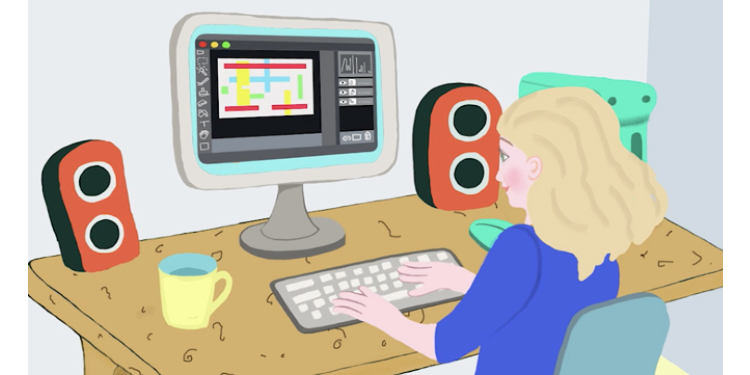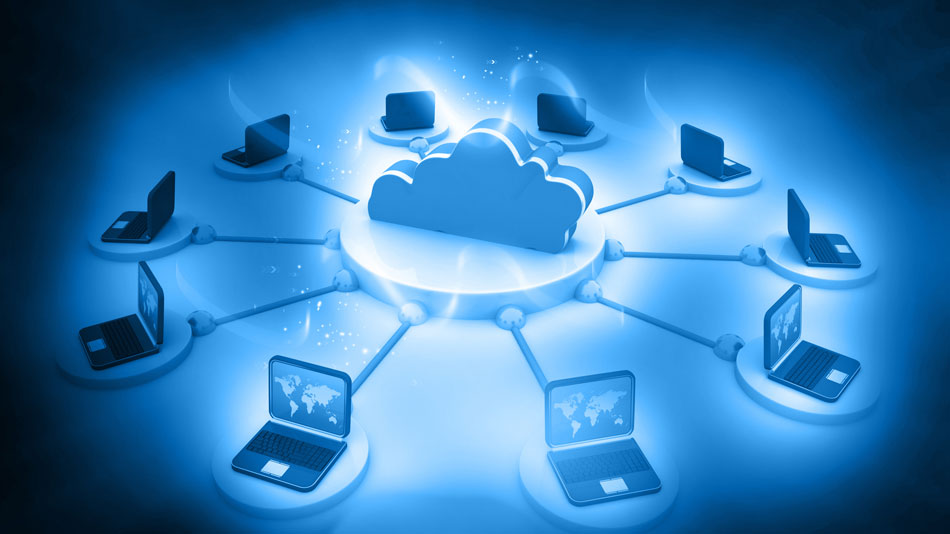Serving similar purposes, IT departments often choose between DaaS and virtual desktop infrastructure (VDI) services. A VDI requires an in-house technology stack maintained by the company’s IT team. DaaS outsources the data storage to a cloud service so there’s no need for in-house hardware or maintenance. While VDI offers fine-grained control and the option for in-house customization, with the rise and affordability of cloud technology, the popularity of DaaS has also risen.
[Related story: What’s Behind the Rise of DaaS]
As a graphics and photography teacher, Feirn’s students needed access to the Adobe Suite for their editing software. Feirn said DaaS created immense freedom in his classroom, because students could access their work from almost any device inside and outside of school hours.
At the university level, schools use digital desktops to customize student’s educational experience while cutting costs. Colleges like the University of Massachusetts Lowell, the University of Arkansas and Creighton University saw a decrease in the use of their traditional computer labs while the costs to maintain them skyrocketed.
To better serve the growing digital needs of students on their own computers, these educational institutions turned to DaaS to more efficiently manage changing needs.
Each student can access the applications they need, and the university doesn’t have to pay for software to be downloaded on every desktop across campus.
“With your mobile device — laptop or tablet or smartphone — you connect into the virtual system and it serves you up the applications that you need,” said Stephen Herzig, director of enterprise systems at the University of Arkansas, in an interview with EdScoop.
“Our ultimate goal is that the system is aware, from a student perspective, who you are when you log in, what courses you’re taking and what applications are needed for that particular course.”
Herzing highlighted the programs benefits for nontraditional students that might be balancing a job or a family, for example. These students can now access university resources without having to be physically on campus. And this freedom to securely access digital resources from anywhere is equally appealing to businesses.
At any business or institution, cutting costs and improving efficiency is critical. DaaS provides both and gives employees freedom from the office. Imagine a business with 250 employees, all of whom need computer access. Now double that to 500 or triple it to 750. That’s a lot of expensive desktop hardware eating space in your office. Combine that with funding an IT team dedicated to fixing daily problems, running software updates, and providing user support, and the costs feel never-ending.
TBConsulting, an IT management company, ran into this problem. The company was scaling up, and every time it did the team needed to acquire new equipment, configure it and get it ready for use. This process could take months. By adopting VDI, the company dramatically decreased costs and timing for implementation.
TBConsulting has deployed over 4,000 virtual desktops for this healthcare customer, used by its call center agents at 12 different locations across the United States.
For many companies, security risks created by employee’s use of personal computers pose a threat that’s stressful, but ultimately avoidable. VDI or DaaS offers focused cybersecurity and file protection because IT departments only need to manage the delivery of the application and not the application if it were to run on each device. If a computer is stolen, or someone spills their morning coffee on it, no data is compromised or irretrievable because the application and data reside in the data center or the cloud.
VDIs and DaaS offer the flexibility and freedom to make that forward leap into the workspace of the future. Even when the vision for that classroom begins in a high school classroom.
Jacob Gedetsis is a contributing writer. His work has appeared in The Kansas City Star, The Post Standard and The Plain Dealer, among others. Find him on Twitter @JacobGedetsis.
© 2019 Nutanix, Inc. All rights reserved. For additional legal information, please go here.







